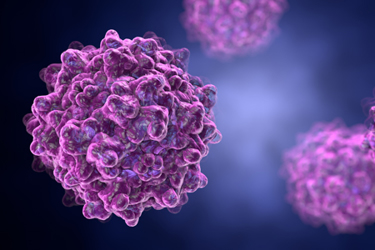Facts About AAV Producer Cell Lines

Gene therapies represent a transformative frontier in medicine that offers immense potential to treat a wide range of diseases rooted in genetic abnormalities. In recent years, several gene therapies have reached commercial availability, with adeno-associated virus (AAV) emerging as a leading viral vector for delivering therapeutic genes. The initial wave of approved therapies has largely relied on triple-plasmid transient transfection in adherent cell systems—a method chosen for its speed and compatibility with existing technologies. This approach has successfully yielded high titers of infectious virus with acceptable quality, and has proven scalable, extending from adherent cultures to suspension cultures in stirred-tank bioreactors.
Despite its effectiveness, transient transfection is not without limitations, particularly when considering the long-term demands of treating widespread or chronic conditions. As the field matures, many researchers envision a future where stable producer cell lines will supplant transient methods to enable more consistent, cost-effective, and scalable production of AAV vectors. This shift could be pivotal in making gene therapies accessible for more prevalent and even common diseases.
To realize this future, continued innovation and collaboration across academia, industry, and regulatory bodies are essential. If you're involved in gene therapy development or manufacturing, now is the time to explore and invest in next-generation production platforms.
Get unlimited access to:
Enter your credentials below to log in. Not yet a member of Drug Discovery Online? Subscribe today.
